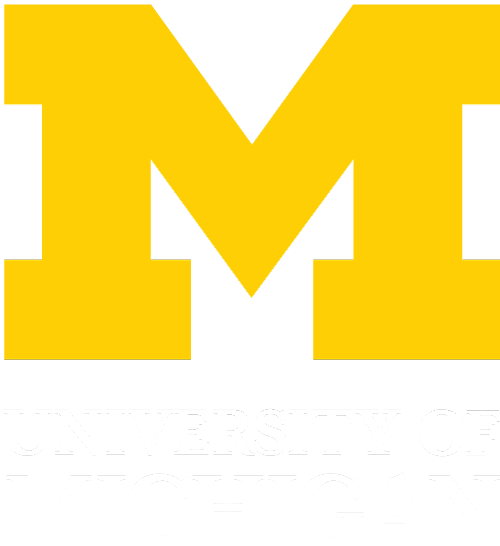Assignment 5
In this assignment you will implement two different object detection systems.
The goals of this assignment are:
- Learn about the object detection pipeline
- Understand how to build an anchor-based single-stage object detectors
- Understand how to build a two-stage object detector that combines a region proposal network with a recognition network
This assignment is due on Monday, December 9 at 11:59pm EDT.
Q1: Single-Stage Detector (50 points)
The notebook single_stage_detector_yolo.ipynb will walk you through the implementation of a fully-convolutional single-stage object detector similar to YOLO (Redmon et al, CVPR 2016). You will train and evaluate your detector on the PASCAL VOC 2007 object detection dataset.
Q2: Two-Stage Detector (50 points)
The notebook two_stage_detector_faster_rcnn.ipynb will walk you through the implementation of a two-stage object detector similar to Faster R-CNN (Ren et al, NeurIPS 2015). This will combine a fully-convolutional Region Proposal Network (RPN) and a second-stage recognition network.
This notebook reuses many components from the first notebook, so you must complete the first notebook before starting this one.
Steps
1. Click “Open in Colab”
This will launch the corresponding notebook in Google Colab. No installation or setup required!
For more information on using Colab, see our Colab tutorial.
2. Save a copy in Drive
Once the notebook launches, click File -> “Save a copy in Drive…”. This will save a copy of the notebook in your own Google Drive account.
By default, when you save a copy the name will be prepended with “Copy of” – for example saving a copy of the notebook “fully_connected_networks.ipynb” will create a file named “Copy of fully_connected_networks.ipynb”. You should rename your copy to have the same name as the original file.
3. Work on the assignment
Work through the notebook, executing cells and writing code as indicated. You can save your work in Google Drive (click “File” -> “Save”) and resume later if you don’t want to complete it all at once.
While working on the assignment, keep the following in mind:
- The notebook has clearly marked blocks where you are expected to write code. Do not write or modify any code outside of these blocks.
- Do not add or delete cells from the notebook. You may add new cells to perform scratch computations, but you should delete them before submitting your work.
- Run all cells before submitting. You will only get credit for code that has been run.
4. Download .ipynb file
Once you have completed a notebook, download the completed notebook by clicking “File” -> “Download .ipynb”.
Make sure your downloaded file has the same name as the original notebook; either fully_connected_networks.ipynb or convolutional_networks.ipynb for this assignment.
5. Submit your work to Canvas
Create a .zip file containing your completed notebook; name it uniquename_umid.zip (e.g. justincj_12345678.zip).
Make sure you do not change the filenames or include any other files.
Your submitted .zip file should contain two files named fully_connected_networks.ipynb and convolutional_networks.ipynb.
We have written a validation script for you to check the structure of your submitted .zip file.
This script does not check whether your homework is correct; it only makes sure that your submitted file has the right structure, that you didn’t modify any parts of the .ipynb files that you shouldn’t have, and that you didn’t miss any sections where you were supposed to write code. In order to be graded, your assignment must pass this validation script. It is your responsibility to make sure your assignment is properly formatted before you submit it.
When you are done, upload your work to Canvas (UMich students only).
